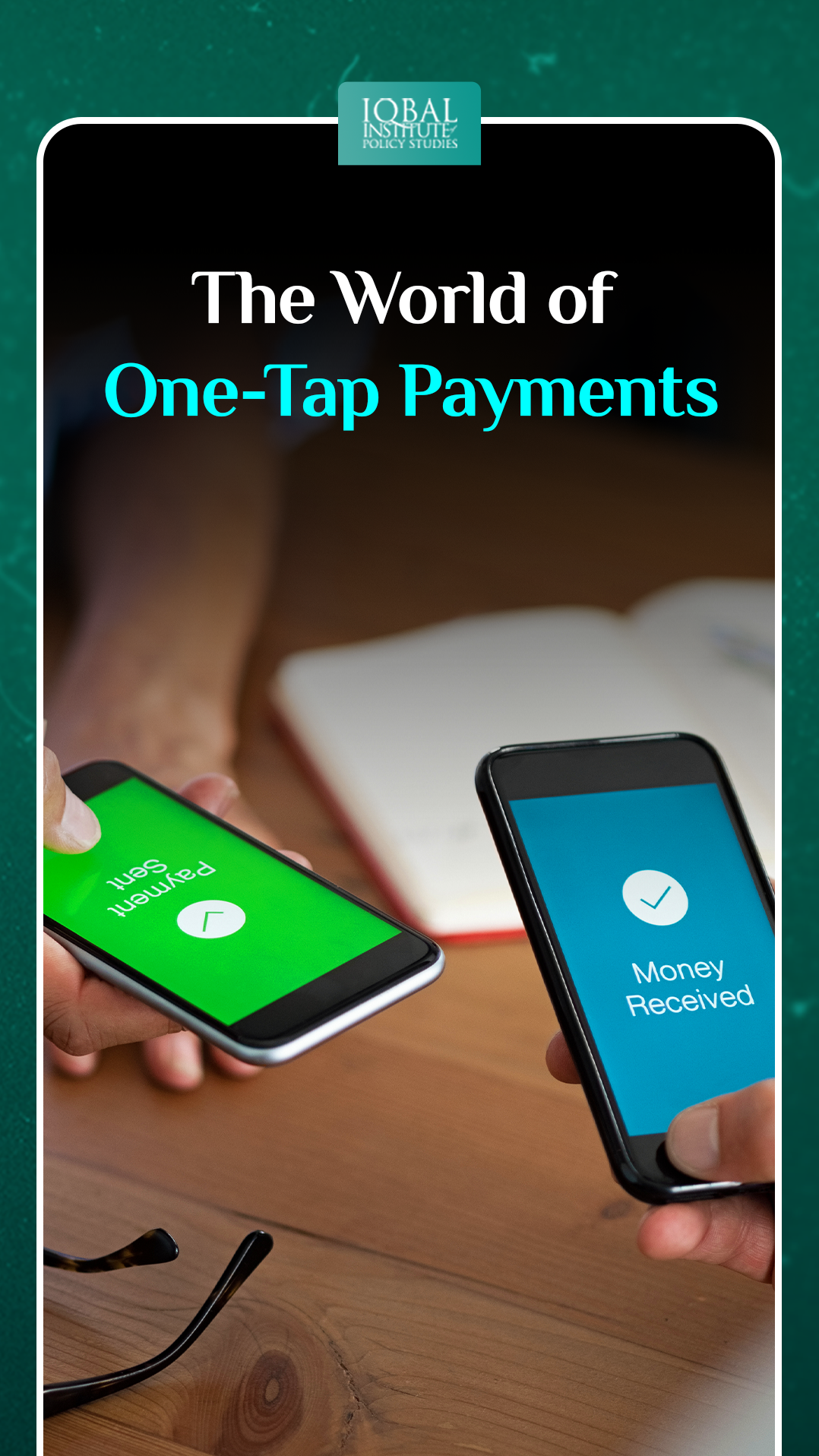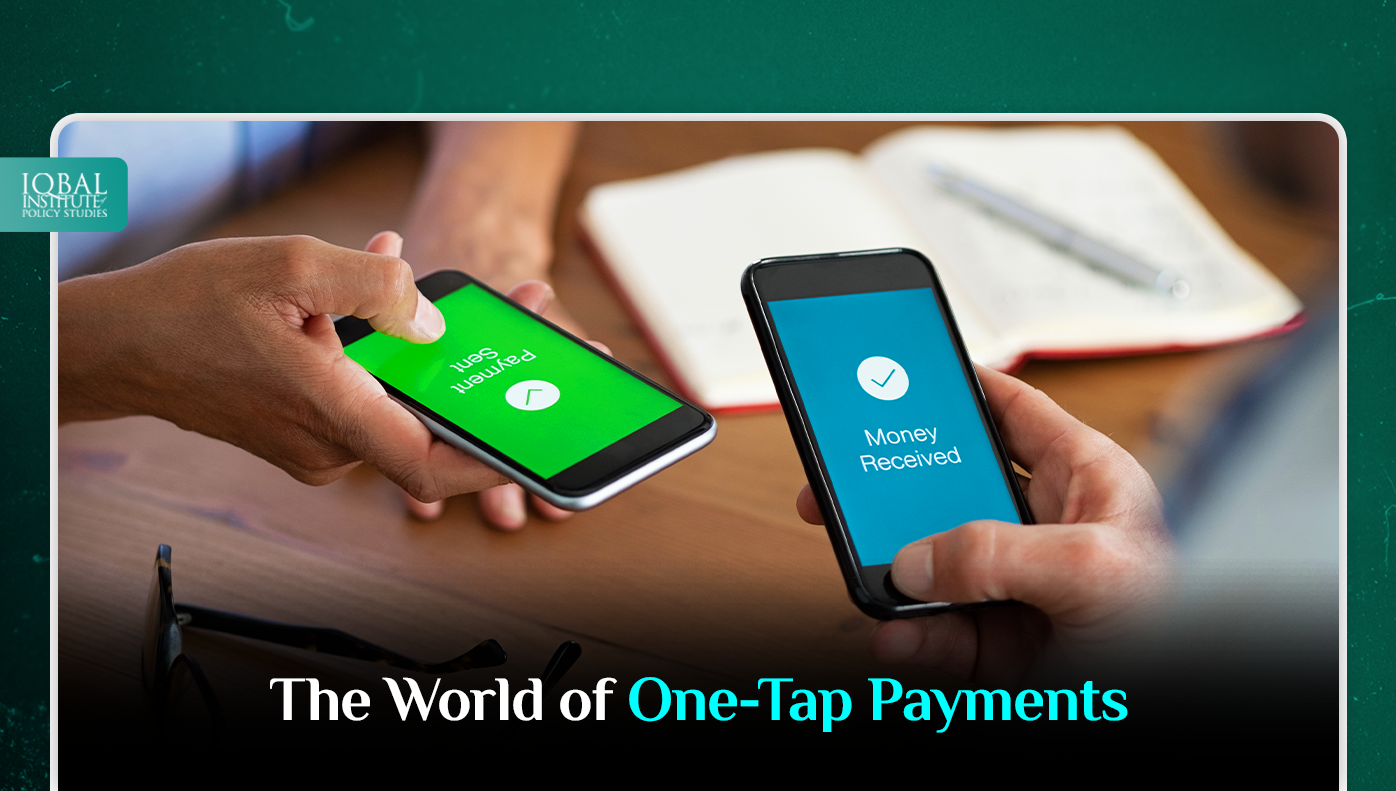Few years ago, one could not even imagine that transferring money from one place to another would be one tap far. However, the incite of mobile payments has transformed the conventional way of payments’ transfer. These apps of digital payments have made thousands of lives easier. It is certainly one of the reasons for the boom in small businesses, through microfinance banking which. Now this is considered as a more preferred way for money transferring and is clearly transforming the old way of paying for things.
One-Tap Payments
One tap payments instantly turn a customers’ smartphone into a contactless point-of-sale (POS) terminal that can receive payments from customers’ contactless cards or mobile wallets. It transforms the customer into an omni-channel business without requiring any additional hardware. This solution of money transfer has made the payment method faster, efficient, and secure. One can get a verified notification on their phone instantly after transferring the certain mount. The transaction through digital methods are protected by the same security and encryption technology throughout the world. They use the same secure transaction process as traditional POS transactions.
Benefits of One-Tap Payments
One-tap payments provide an automated, secure and auditable way of making transactions. Following are some of the key benefits of one-tap payments:
Security
These digital methods have greater security. As the details of transaction are tied between the sender and the reciever and each transaction is limited to the pre approved amount. Instead of carrying cash and physical cards, digital technology allows you to limit payment methods to specific, pre approved transactions.
Visibility
By issuing separate card numbers for each purchase, finance teams have clearer audit trails and cleaner data. They can monitor purchase requests and track expenses in real-time instead of waiting until the end of the month.
Less Manual Work
Even finance teams that have adopted some software are often stuck manually faxing purchase orders, going through paper receipts or mailing checks, not to mention manually reconciling all of these paper activities into accounting systems. Digital payments technology reduces manual work by unifying the entire process into a single automated workflow and seamlessly passing the data through to the general ledger.
Ease of Use
With digital payments technology, employees can pay for purchases on the go using their mobile wallet, with the option to use a virtual or physical card if necessary.
One tap Payments in Pakistan
With the evolution of digital technology, one-tap payments or mobile payments have emerged as a popular way to do monetary transactions in our society. Earlier, people used to stand in ques for just getting their salaries or any other financial purposes. Most of the time the process becomes complex and takes alot of time and energy. However, with the advent of digital payments such complex transactions become simpler and convenient. Because of their flexibility and security, a large number of people complete their personal or business transactions through these digital methods. In this new era of technology, our relationship with money is changing. When one can manage all the transactions from mobile, they don’t need to take assistance from a person. Currently, there are various e-payment apps in Pakistan that are dominating the conventional banking method. In the last five years, pushed by the pandemic, there has been a dramatic increase in e-payments. According to the State Bank of Pakistan (SBP), e-banking continued to thrive in both volume and value terms as it grew 12% and 16%, respectively, during 2021-22 (Express Tribune, 2022). There are more than nine million users of each mobile wallet service provider, i.e. Easypaisa and JazzCash in Pakistan, who use their services on a daily basis. More than one million people use the services monthly to send and receive money with very few charges compared to conventional banks. These electronic payments have provided businesses with the opportunity to grow faster as the end goal of digitalisation of the banking system is to revolutionise the infrastructure and eliminate the need for cumbersome bank visits and long waiting lines.
What is next now?
The rapidly evolving way customers pay for things with the rise of digital payments makes credit and debit cards feel like a thing of the past. Mobile banking is replacing the traditional banking system. People use mobile apps for transactions, whether it is for personal or business transactions. But, with every passing day, technology is revolutionising, giving more convenient options to the world. Here are a few payment trends that most expectedly dominate the banking world.
Tap on Mobile Technology
Tap-to-Mobile technology allows consumers to send a payment directly through the merchant’s phone using a contactless card or mobile wallet. Any mobile device equipped with an NFC chip can act as a mobile point-of-sale terminal. Experts predict that 2022 will be the year that Tap-to-Mobile truly arrives, bolstering small business sales.
Payment through Smart Speakers
More and more people are using their smart speakers and similar devices to make payments and send money with voice commands. It’s estimated that Americans now own over 120 million smart speakers. That’s compared to just 20 million in 2017.
Conclusion
Overall, the digital payment industry is rapidly changing. The technological world is bleeding into the physical, and consumer needs are taking centre stage. Whether it’s paying in different ways, financing small purchases at the point of sale, or transferring money to friends, the payment industry is constantly adapting to how people shop.



Leave a Reply